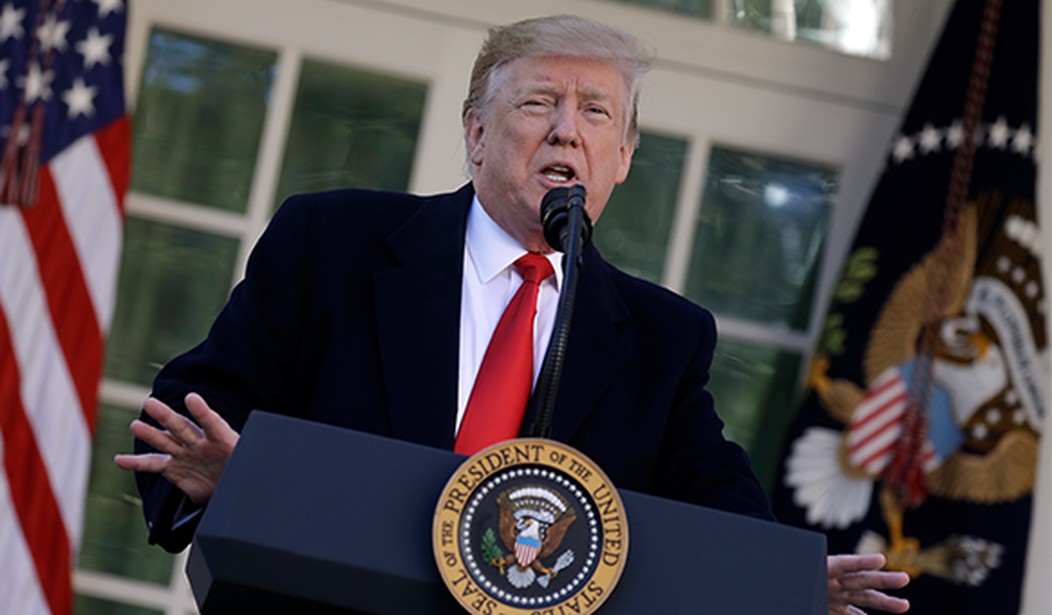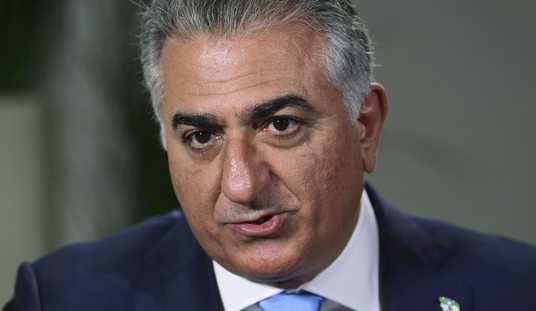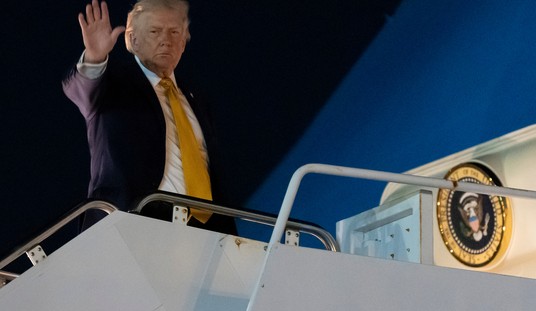Well, what do you know! It turns out that amateur economist Donald J. Trump knows more about sound monetary policy than Fed chairman Jerome Powell and his team of hundreds of Ph.D. economists.
Call it street smarts or call it business moxie, but Trump was dead right when he attacked the Fed, first in September and then even more savagely after the Fed's Christmas Eve rate hike massacre, which closed the day on a 650-point crash in the Dow Jones Industrial Average. More than 500 points of that blood spillage occurring while Powell was making his economically hapless rate hike announcement.
The political left and the media rallied around the Fed's actions and could hardly have been more disdainful of the president on this issue. They seemed to want the economy to falter so as to discredit Trump's policies.
The New York Times and others scolded: How dare Trump attack the economic oracles at the Temple? The left has acted as if Powell has some kind of divine infallibility -- as if he were the pope.
But of course, we learned with the $4 trillion meltdown in the stock market that the Fed is not just fallible, but has lost its grip on the steering wheel.
Fortunately, this week, the Fed put its tail between its legs, and, as The Wall Street Journal put it, issued its "apology" by signaling to financial markets that no more rate hikes are likely this year. The retreat by the Fed began shortly after Christmas and -- eureka -- markets are healthy again (though still rightly skittish about the China trade war). After the Fed started backing off the threat of even tighter money in 2019, commodity prices pulled out of their dangerous deflationary spiral.
Recommended
From the time of the Fed's September rate hike through the end of December, general commodity prices -- lead, copper, silver, soybeans, wheat, etc. -- collapsed by nearly 13 percent. Then, in December, consumer prices fell by 0.1 percent. The only logical reason for the Fed to raise interest rates and/or sell off the assets on its balance sheet would be to fight inflation, but there was NO inflation at the time of their last two rate hike decisions.
The Fed should have been cutting rates, not raising them. But at least by calling off the dogs with their turnabout on future rate hikes, the Fed enabled commodity prices to rally -- although they are still too low.
Unfortunately, the Fed severely damaged its credibility with the financial markets and the voters via its acts of economic malpractice late last year. The wild swings in the markets caused by the Fed are destabilizing and add risk and uncertainty. Jerome Powell's job is to dampen market volatility, not to stimulate it.
Trump saw the perils of excessively tight money before nearly anyone else. He said that the rate hikes were colliding with his pro-growth tax cut and deregulatory policies and thus preventing the 3 to 4 percent growth that America wants and deserves. The Trump growth agenda increased global demand for dollars at the very time the Fed started pulling back on dollar supply. This set in motion the destructive deflation of the last quarter of 2018 that left so many investors standing on the ledge. The Fed was responsible for the worst December for the stock market in 60 years.
What is doubly confounding about the Fed-inspired financial collapse is that mistakes like this are so easily avoided. The Fed could have simply adopted the rule that the two of us have been pushing, and targeted for stable commodity prices. This is the strategy that Paul Volcker employed in the early 1980s to break the back of hyperinflation. Had the Fed done this, the stock market collapse would have been avoided and the real economy wouldn't have been jolted.
Stock prices and the CRB index have been highly correlated. Stock values fell and then rose primarily in nominal terms, not in real terms (as gauged by the CRB Index).
The Fed can keep commodity prices stable by selling bonds when prices are rising and buying them when prices are falling. Investors were pleased when the Fed also pulled back on its "unwinding of the balance sheet," as this also stops the unwise yanking of dollar liquidity out of the market in a deflationary environment.
Many investors are looking at the Fed's recent policy switch toward stable money with an attitude of "better late than never." However, that isn't good enough. The Fed should hardly be congratulated for cleaning up its own mess. That's why we want a permanent change in Fed monetary policy that will ensure stable money. If the Fed does this, President Trump's other economic policies will continue to produce rapid growth.
Stephen Moore is a senior fellow at the Heritage Foundation and an economic consultant with FreedomWorks. He is the co-author of "Trumponomics: Inside the America First Plan to Revive the American Economy."

























Join the conversation as a VIP Member